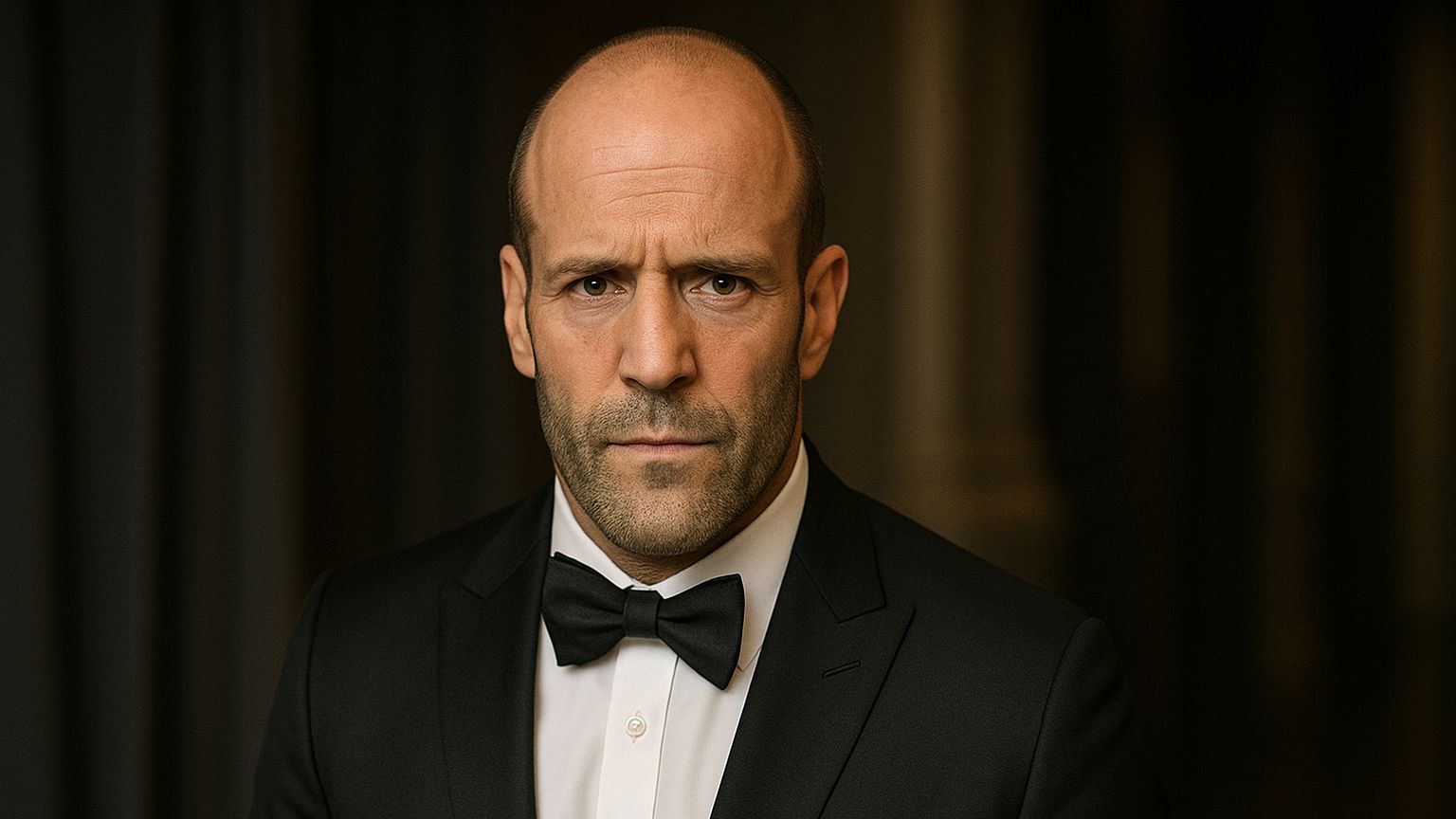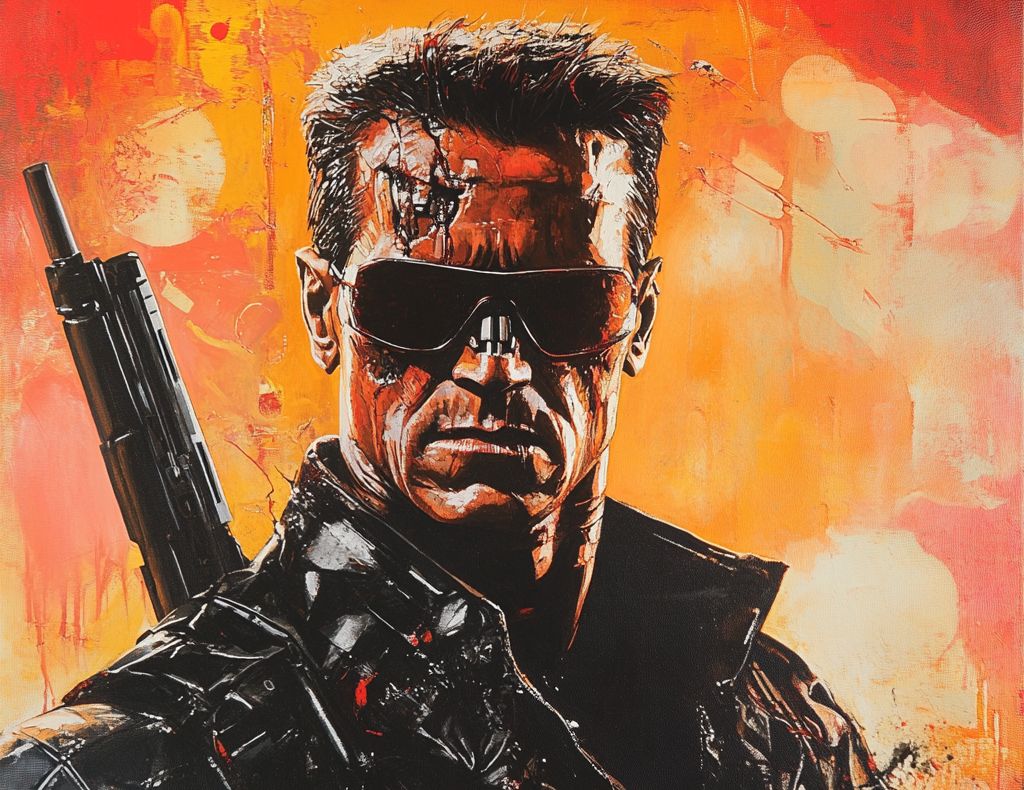A Driver With Rules—and a Reputation
Before ridesharing apps took over the world and every action hero started driving like they had a Fast Pass to immortality, there was one man who made delivering packages the most dangerous job in the world. His name? Frank Martin. The job title? Transporter. But don’t let that simple word fool you. When Frank’s behind the wheel, it’s not about getting from point A to point B—it’s about surviving everything in between with a suit that’s always crisp, a car that’s always spotless, and a calmness that borders on inhuman. He wasn’t a secret agent. He wasn’t a cop. He was just a man with three rules and a whole lot of style.
When The Transporter hit theaters in 2002, audiences weren’t quite prepared for the phenomenon Jason Statham was about to become. With a British accent sharper than his jawline and the kind of martial arts precision that made you wince in delight, Frank Martin burst onto the scene with a mix of grit, grace, and gear-grinding finesse. He was a man of few words, but every punch, kick, and tire squeal did the talking. More than two decades later, Frank still stands as the gold standard of action movie drivers. He didn’t just redefine “cool under pressure.” He was pressure—with a GPS system.
The Rules That Made the Man
Every legend needs a code, and Frank Martin’s was as sleek as his BMW. Rule one: never change the deal. Rule two: no names. Rule three: never open the package. Simple, right? Except when life throws you curveballs—and by curveballs, we mean people locked in trunks, double-crossing employers, and crime syndicates with rocket launchers. Despite the simplicity of his code, the fun of every Transporter film is watching Frank break his own rules out of necessity, conscience, or sheer survival.
Those rules weren’t just character quirks—they were the backbone of his mystique. They suggested a man who had seen too much, trusted too little, and knew that structure was the only thing keeping the chaos at bay. But when that structure starts to crumble, we get a glimpse into Frank’s reluctant heroism. Because for all his professionalism, Frank Martin has a beating heart beneath that tailored suit. He’s not a robot. He’s a man trying not to care—and failing spectacularly.
When the Car Becomes a Character
Let’s talk about the other star of the series: the car. Whether it’s a BMW 7 Series, an Audi A8, or any other turbocharged beast Frank’s behind the wheel of, the vehicle isn’t just a ride—it’s a weapon, a sanctuary, a character in its own right. The Transporter films turned high-speed precision driving into an art form. Frank doesn’t just outrun bad guys—he outmaneuvers physics. He spins through tight corners, drifts across gravel like its silk, and leaps off docks with such fluid motion, you’d swear the car had wings.
Every chase scene feels choreographed like a dance, with Frank and his car moving in perfect sync. The angles are crisp, the camera stays grounded, and the action is real. No over-the-top CGI explosions. Just hard rubber, tighter turns, and sheer adrenaline. It’s a refreshing throwback to a time when stunt driving meant something—and Frank made sure we never looked at parallel parking the same way again.
The Fighting Style That Defined a Genre
When Frank isn’t using his car to dismantle a convoy, he’s using his fists—and he does it with elegance and power. Jason Statham brought an entirely new flavor to action choreography in the early 2000s. His background in diving and martial arts gave him a unique athleticism that translated beautifully on screen. Frank Martin doesn’t just fight—he calculates. Every move is precise, efficient, and clean. He uses his environment, adapts to his attackers’ strengths, and turns whatever’s nearby—a coat, a hose, a bicycle pedal—into a weapon.
Take the iconic scene in the bus garage from the first Transporter film. Frank oils up the floor and himself, creating a slick battleground where his attackers can’t get a grip—but he can slide and pivot with breathtaking skill. It’s playful, inventive, and brutally effective. These aren’t just fights—they’re events. And they cemented Frank’s place in action cinema as more than just another tough guy. He was a technician of pain.
The Stoic with a Heart
What sets Frank Martin apart from the usual parade of action archetypes is that he’s not out for revenge, glory, or redemption. He’s just doing his job—until the job turns on him. Time and again, Frank is pulled into moral dilemmas he didn’t ask for. Whether it’s saving a kidnapped woman, taking down a human trafficking ring, or protecting a child, he finds himself unable to ignore injustice. And while he rarely wears his emotions on his sleeve, his actions speak volumes.
There’s a quiet nobility to Frank that’s rare in action heroes. He doesn’t boast. He doesn’t flirt his way through scenes. He doesn’t even want recognition. He just wants to do the job well, walk away clean, and maybe eat a decent meal afterward. But the world doesn’t work that way—and neither does his conscience. That inner tension—between sticking to the plan and doing the right thing—is what makes him more than just a driver. It makes him a hero.
The Villains Who Tried (and Failed) to Stop Him
An action hero is only as memorable as the people trying to stop him, and The Transporter series doesn’t disappoint. From cold-blooded kingpins to twisted mercenaries and corrupt elites, Frank faces off against an array of colorful foes who underestimate him—until it’s too late. But what makes these confrontations great isn’t just the battles themselves. It’s the mind games. Villains try to break Frank’s rules, test his loyalty, and throw chaos into his clean-cut world. And watching him keep his cool—or, in rare moments, lose it—is always satisfying.
Perhaps the most interesting thing is that Frank never fights out of rage. His confrontations are always calculated. He isn’t driven by emotion, even when the stakes are high. He fights because he must. Because letting evil win—even when it’s easier—just isn’t in his blood.
Style Over Swagger: The Transporter’s Signature Look
Frank Martin doesn’t show up in jeans and a hoodie. He wears a suit. Always. Pressed shirt, tailored jacket, polished shoes—even if he’s about to leap through the air and land on a moving vehicle. That aesthetic is more than just vanity. It’s a symbol of control, precision, and discipline. The suit is his armor, his identity. And when it gets torn, burned, or bloodied, you feel the stakes rise.
There’s a reason the suit became his signature. In a world of over-designed, leather-clad action stars, Frank stood out with simplicity. He looked like a man you’d trust with your life—and ironically, that’s exactly what made him so dangerous. Underneath the calm surface, the crisp collar, and the unwrinkled trousers was a man who could dismantle an entire operation with his bare hands—and then walk away like it was just another Tuesday.
The Legacy That Shifted Action Cinema
Frank Martin may not have been the loudest action hero of his era, but he was one of the most influential. He helped redefine what cool looked like in the 2000s. He proved that restraint could be powerful, that style could be brutal, and that the quiet guy in the corner was probably the most dangerous man in the room. He helped launch a wave of action films focused more on physicality, choreography, and precision than over-the-top pyrotechnics.
He also launched Jason Statham’s rise from cult favorite to mainstream icon. Without Frank Martin, we may never have had Crank, Safe, The Mechanic, or his turn as Deckard Shaw in the Fast & Furious universe. The DNA of The Transporter can be found in everything from John Wick to Atomic Blonde—action films that treat their protagonists like ballet dancers with body counts.
The Quiet Comeback We’re Still Hoping For
Though the original trilogy wrapped up with Transporter 3 in 2008, fans have never stopped hoping for a full-fledged return. A reboot was attempted in 2015, but without Statham, it lacked the spark. Frank Martin isn’t just a name. He is Jason Statham. The scowl, the stance, the delivery—it’s not just about the car or the fights. It’s him.
There’s something timeless about Frank. He’s not bound by era, fashion, or flashy gimmicks. You could drop him in any decade, give him a car, a code, and a conflict—and he’d make it look effortless. In a world where action films are bigger, louder, and more crowded than ever, a Transporter revival could be just the cool, crisp counterbalance we need.
The Man, the Motor, the Myth
Frank Martin isn’t flashy. He doesn’t have a tragic backstory that defines him. He doesn’t crack wise or court fame. He’s a professional. He takes the job. He follows the rules. And when things go sideways—as they always do—he handles it with unmatched precision, style, and quiet fury. He is the original Transporter. And in a genre full of chaos, he remains the calm eye of the storm—the driver you call when the world’s gone off the rails and you still want to arrive in style.
Two decades later, he’s still in our rearview mirror—and we’re still chasing the high he left behind.





